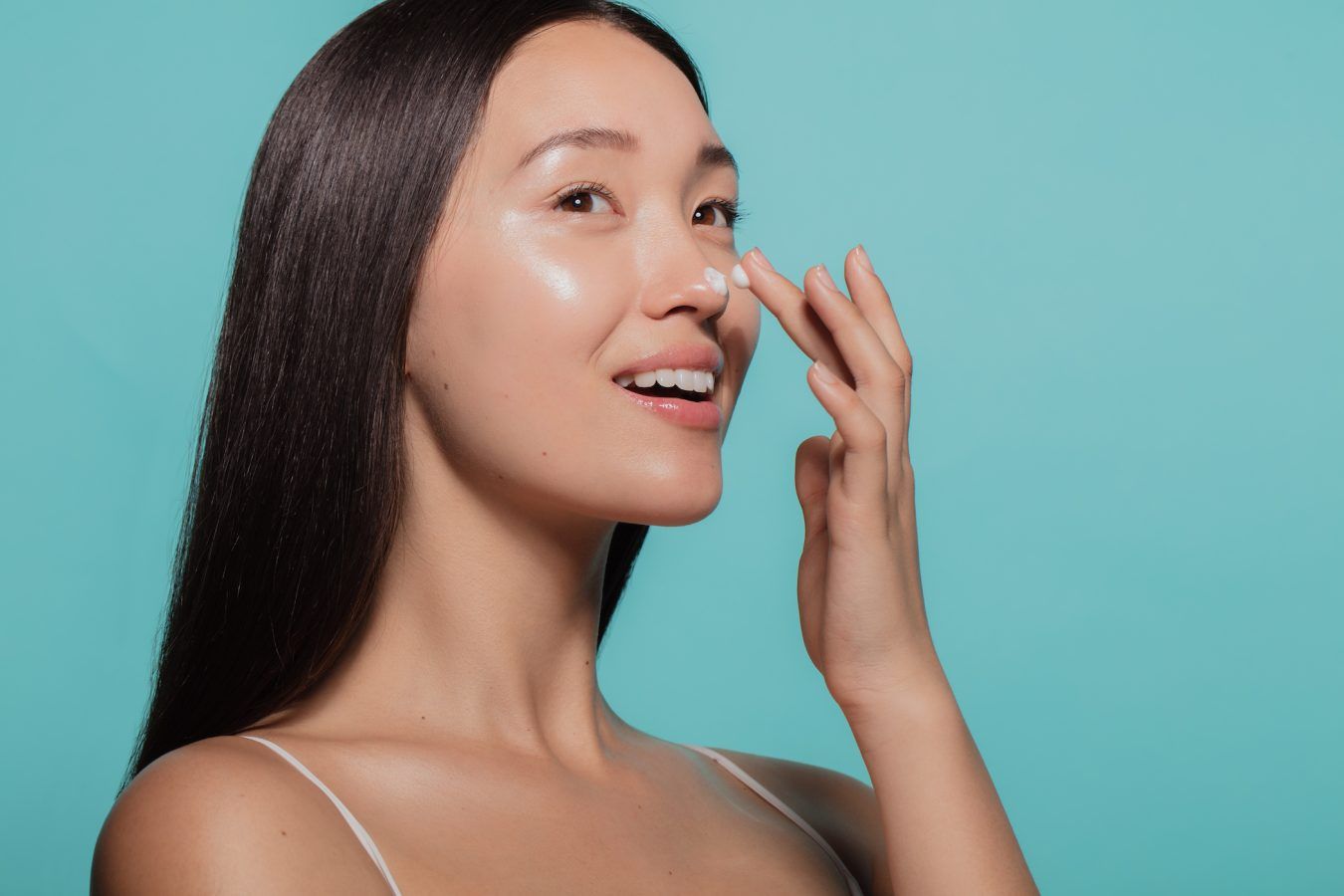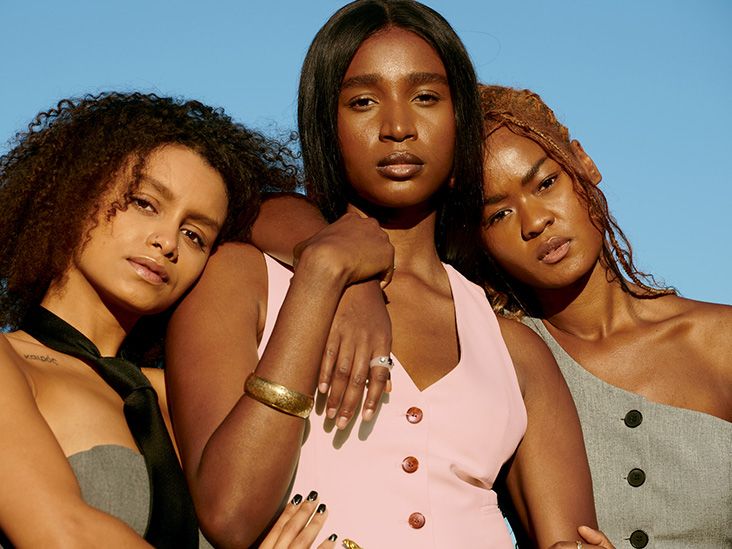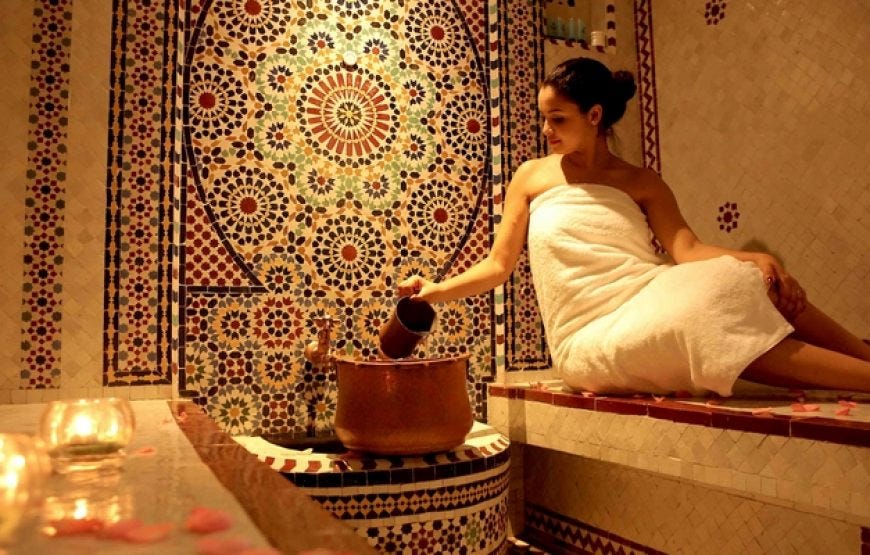The Best Beauty Secrets from Around the World
Beauty rituals are an essential part of human culture, rooted in traditions and passed down through generations. Across the globe, women and men alike have found ways to harness nature’s gifts and develop beauty practices that keep their skin glowing, hair healthy, and bodies nourished.
These secrets, often sourced from natural ingredients and time-honored techniques, provide insight into a holistic approach to beauty that goes beyond just physical appearance.
Exploring beauty secrets from various corners of the world offers not only practical tips but also a deeper connection to ancient wisdom and cultural heritage. Let’s take a journey across continents to uncover the best-kept beauty secrets that have stood the test of time.
African Beauty Rituals: Nurturing from the Earth
Africa is a land of rich biodiversity and ancient beauty traditions, with practices that often revolve around the natural resources available in different regions. Many of the beauty secrets from African cultures emphasize nourishment, hydration, and the use of pure, unrefined ingredients.
Shea Butter:
Known as “women’s gold” in West Africa, shea butter is one of the most celebrated beauty ingredients in African skincare. Extracted from the nuts of the shea tree, this butter is packed with vitamins A and E, which are essential for moisturizing and healing the skin. It’s used to treat everything from dry skin to scars, burns, and even stretch marks. The fatty acids in shea butter also make it an excellent natural conditioner for hair.
Rhassoul Clay:
In Morocco, rhassoul clay has been used for centuries to cleanse and soften both skin and hair. Sourced from the Atlas Mountains, this mineral-rich clay is prized for its ability to absorb impurities and leave the skin smooth and refreshed. Many Moroccan women incorporate it into their hammam (steam bath) rituals as a natural exfoliant.
Argan Oil:
Also native to Morocco, argan oil has become a global beauty sensation. Rich in antioxidants and essential fatty acids, this “liquid gold” is used to hydrate the skin, reduce the appearance of fine lines, and enhance hair's shine and strength. Traditionally, Berber women have used it to protect their skin from the harsh desert climate.
African beauty secrets are deeply tied to nature, and their effectiveness lies in the simplicity and purity of the ingredients used. These rituals emphasize healing and protection, making them perfect for those who want to achieve beauty through nourishment and care.
Asian Beauty Secrets: Balance and Harmony
 Asia is home to some of the world’s most sophisticated beauty rituals, with practices that emphasize balance, harmony, and a holistic approach to skincare and wellness. From Japan to South Korea to India, beauty is seen as an expression of overall health and wellbeing.
Asia is home to some of the world’s most sophisticated beauty rituals, with practices that emphasize balance, harmony, and a holistic approach to skincare and wellness. From Japan to South Korea to India, beauty is seen as an expression of overall health and wellbeing.
Green Tea
In Japan, green tea is not only consumed for its antioxidant properties but also applied topically to soothe and protect the skin. Rich in polyphenols, green tea helps to fight free radicals, reduce inflammation, and protect against sun damage. Japanese women often use green tea-based face masks to brighten the complexion and enhance skin elasticity.
Rice Water:
Another ancient Japanese secret is the use of rice water for beautiful skin and hair. Women in rural Japan have used water leftover from rinsing rice as a facial toner and hair rinse for centuries. It is rich in vitamins and minerals that nourish the skin, improve its texture, and add shine to the hair.
Turmeric:
In India, turmeric has long been revered for its anti-inflammatory and antiseptic properties. It’s a key ingredient in many Ayurvedic beauty treatments and is often used in face masks to brighten the skin, treat acne, and even out skin tone. Turmeric is also consumed as a part of a beauty-enhancing diet, often in the form of golden milk (turmeric-infused milk).
Ginseng:
In Korean beauty, ginseng is a prized ingredient for its anti-aging properties. Known to stimulate collagen production and enhance circulation, ginseng helps maintain youthful, firm skin. It’s a common ingredient in serums, creams, and masks, revered for its ability to rejuvenate the skin and restore its natural glow.
Asian beauty rituals emphasize balance—whether it’s balancing the body's internal systems with herbal treatments or maintaining harmony between the mind and body through holistic skincare practices. These traditions offer a comprehensive approach to beauty, focusing not just on external treatments but on overall health and wellness.
European Beauty Traditions: Timeless Elegance
 European beauty secrets are often rooted in centuries-old traditions that prioritize simplicity, elegance, and the use of locally sourced ingredients. Whether it’s the luxurious skincare regimens of the French or the natural remedies favored in the Mediterranean, European beauty practices reflect a timeless approach to looking and feeling beautiful.
European beauty secrets are often rooted in centuries-old traditions that prioritize simplicity, elegance, and the use of locally sourced ingredients. Whether it’s the luxurious skincare regimens of the French or the natural remedies favored in the Mediterranean, European beauty practices reflect a timeless approach to looking and feeling beautiful.
Olive Oil:
Across the Mediterranean, olive oil has been a beauty staple for millennia. It’s used to moisturize the skin, soften hair, and even as a gentle makeup remover. Packed with vitamins E and K, as well as healthy fats, olive oil helps to maintain a youthful, radiant complexion. In countries like Greece and Italy, it’s not uncommon to find women using pure olive oil as a body lotion or hair mask.
Rose Water:
In Bulgaria, rose water is a cherished beauty elixir, derived from the famous Damask roses of the region. It is used as a facial toner to hydrate and refresh the skin, while its soothing properties make it perfect for sensitive or irritated skin. The gentle fragrance of rose water also provides a calming, luxurious sensory experience.
Sea Salt:
Coastal European countries like France and Italy have long used sea salt in their beauty rituals. Sea salt scrubs are popular for exfoliating the skin, improving circulation, and detoxifying the body. Combined with essential oils, these scrubs leave the skin smooth and revitalized.
Honey:
In Eastern Europe, honey is a revered beauty ingredient. Rich in antioxidants, antibacterial properties, and nutrients, honey is used in face masks to hydrate the skin, treat blemishes, and give the skin a natural glow. Honey is often combined with other ingredients like yogurt or oats to create powerful, natural skincare treatments.
European beauty traditions often focus on minimalism and the use of high-quality, natural ingredients. The emphasis is on enhancing natural beauty through time-tested methods that nourish the skin and body from within.
Middle Eastern Beauty Rituals: Ancient Secrets of Radiance
 The Middle East is home to some of the world’s oldest beauty traditions, with practices that date back to ancient times. From the luxurious use of oils to elaborate rituals that involve spices and herbal treatments, Middle Eastern beauty secrets are centered on creating a radiant, glowing complexion and lush, healthy hair.
The Middle East is home to some of the world’s oldest beauty traditions, with practices that date back to ancient times. From the luxurious use of oils to elaborate rituals that involve spices and herbal treatments, Middle Eastern beauty secrets are centered on creating a radiant, glowing complexion and lush, healthy hair.
Black Seed Oil:
Known as “the cure for everything but death,” black seed oil has been used in the Middle East for its healing and beautifying properties for thousands of years. It’s rich in antioxidants, vitamins, and essential fatty acids, making it a potent remedy for hair loss, acne, and dry skin. The oil is also known for its ability to balance skin tone and soothe inflammation.
Henna:
Henna has long been used in the Middle East as both a cosmetic and healing treatment. Beyond its role in body art, henna is also applied to the hair to condition, strengthen, and enhance its color. Many Middle Eastern women use henna as a natural alternative to chemical hair dyes, as it adds richness and shine without damaging the hair.
Camel Milk:
Cleopatra is said to have bathed in camel milk for its skin-softening properties. Rich in vitamins C and D, as well as essential fatty acids, camel milk is known to nourish the skin, reduce signs of aging, and even treat conditions like eczema. Today, camel milk is still used in Middle Eastern skincare products for its luxurious, hydrating benefits.
Saffron:
The precious spice saffron, often associated with cooking, is also a powerful beauty ingredient. In Iran, saffron is used in facial treatments to brighten the skin and even out complexion. Its anti-inflammatory properties make it ideal for treating acne and redness, while its antioxidants help to slow the aging process.
Middle Eastern beauty secrets are deeply rooted in ancient traditions, often revolving around luxurious, natural ingredients that have been used for centuries. These rituals offer a sense of timeless elegance and radiant beauty that continues to inspire modern skincare practices.
Conclusion
Beauty traditions from around the world offer a diverse and rich tapestry of rituals and remedies that have been perfected over centuries. Whether it’s the nourishing shea butter from Africa, the balancing green tea from Japan, the hydrating olive oil from the Mediterranean, or the radiant-enhancing saffron from the Middle East, these beauty secrets provide a holistic and natural approach to skincare and self-care. By incorporating these global practices into your beauty routine, you can tap into the wisdom of ancient cultures and embrace a more natural, effective path to beauty.
References
- Harper's Bazaar - Beauty Secrets from Around the World
- Vogue - Traditional Beauty Practices
- National Geographic - Ancient Beauty Rituals
- Allure - International Beauty Secrets
- The Guardian - Cultural Beauty Practices
- Forbes - Natural Skincare Across Cultures
- Elle - Global Beauty Trends
- Byrdie - Best Global Beauty Ingredients
- Marie Claire - Herbal Beauty Rituals
- Refinery29 - Holistic Beauty Practices


























































